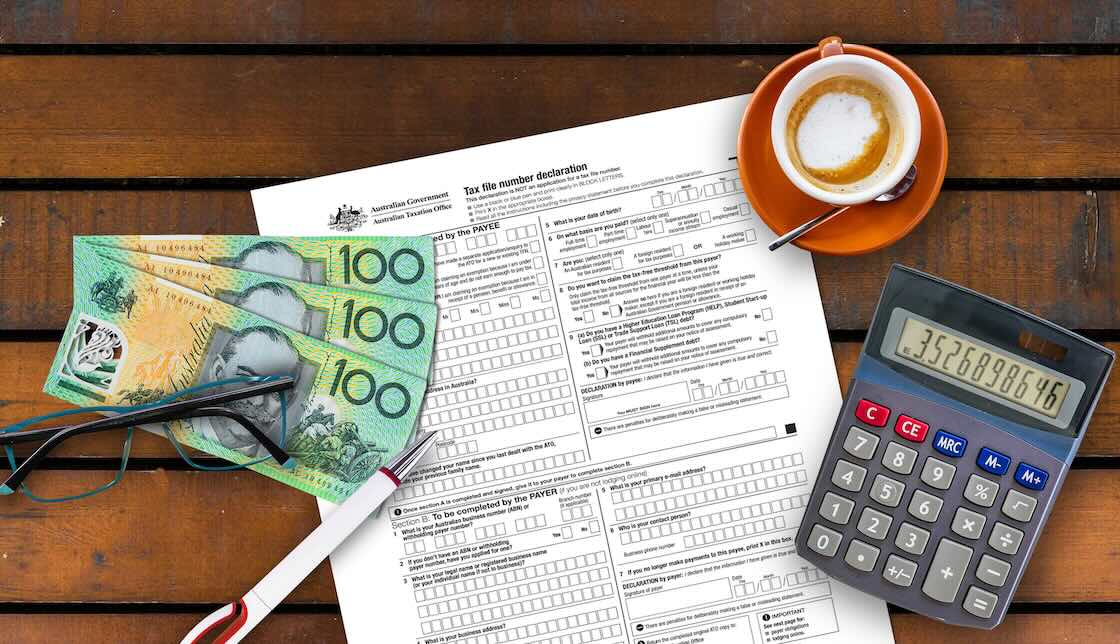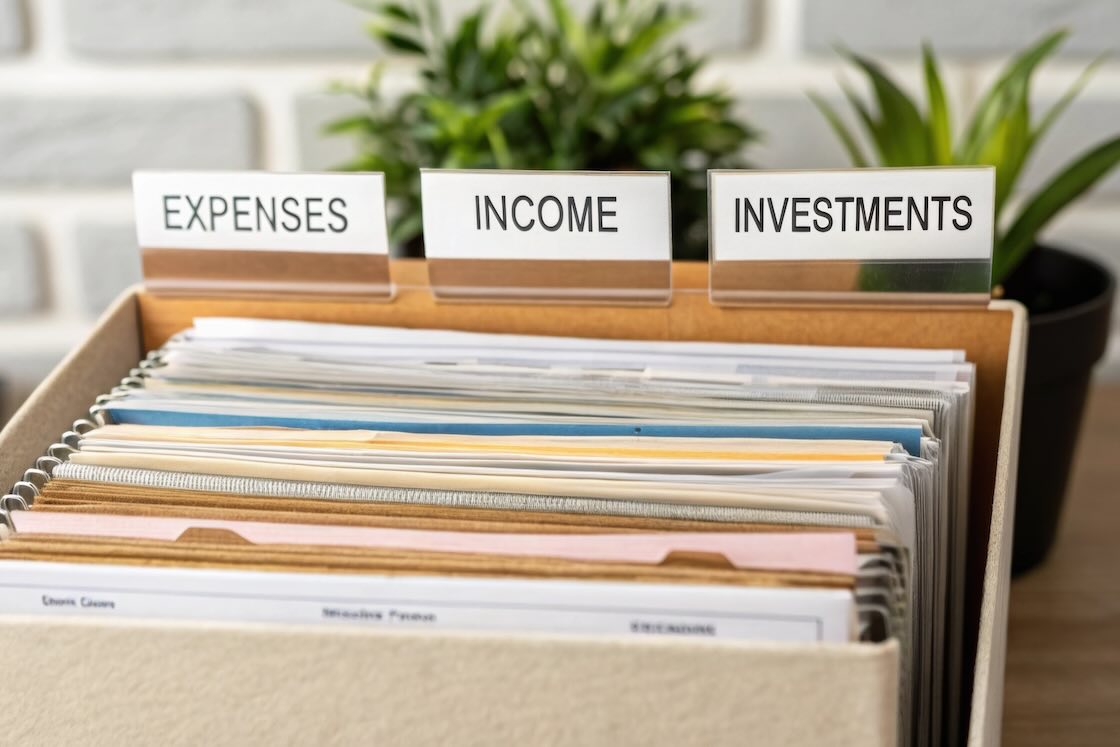[Updated August 21, 2024]
Keeping up with various details changes to the tax code is not easy. So, it is understandable that many Australians find some of the finer points confusing. The rebate for having private health insurance is one example of a piece of the tax code that confuses many.
The Private Health Insurance Rebate began when the Australian Government encouraged citizens to purchase private health insurance. The government made private health insurance more affordable to many Aussies by offering a rebate on premiums.
Additionally, by strengthening the private health care system, the burden shouldered by public health care is lighter. Some advantages include shorter wait times for access to medical care and greater availability of hospital beds in public hospitals.
How Much is the Tax Rebate for Private Health Insurance?
In the interest of fairness, the rebate is income tested. The natural result is that the higher your income, the lower your health insurance rebate. The amount of your rebate also corresponds to your age bracket. For example, an individual who is 70 years old and has an income below $90,000 a year receives the highest rebate, which is 32.81 per cent. Conversely, an individual who is 64 years of age and has an income of $140,001 or above will receive no rebate because their age and income exceed the program limits.
The Australian Government uses the following sliding scale to determine how much individuals and families will receive
The rebate levels are applicable from 2023 to 2024.
Singles Income Thresholds and Rebate Percentages:
| Income Tier |
Income Threshold |
Rebate (Under 65 years) |
Rebate (65-69 years) |
Rebate (70+ years) |
| Base Tier |
$93,000 or less |
24.608% |
28.710% |
32.812% |
| Tier 1 |
$93,001 – $108,000 |
16.405% |
20.507% |
24.608% |
| Tier 2 |
$108,001 – $144,000 |
8.202% |
12.303% |
16.405% |
| Tier 3 |
Above $144,000 |
0% |
0% |
0% |
Families Income Thresholds and Rebate Percentages:
| Income Tier |
Income Threshold |
Rebate (Under 65 years) |
Rebate (65-69 years) |
Rebate (70+ years) |
| Base Tier |
$186,000 or less |
24.608% |
28.710% |
32.812% |
| Tier 1 |
$186,001 – $216,000 |
16.405% |
20.507% |
24.608% |
| Tier 2 |
$216,001 – $288,000 |
8.202% |
12.303% |
16.405% |
| Tier 3 |
Above $288,000 |
0% |
0% |
0% |
Married couples, de facto couples, and single parents are all part of the family tier. After the first child, the income threshold increases by $1,500 per dependent child in the family tier.
Aside from age and financial benchmarks, eligibility is for Australian citizens or permanent residents with a Medicare card. The final requirement for the Private Health Insurance Rebate is a health insurance policy with an Australian-registered health insurer.
Example
Randy is 28, earns $86,000 a year, and pays an $1100 premium for his private health insurance policy.
- Randy’s Income: $86,000 falls within the Base Tier for singles, which is for incomes up to $93,000.
- Rebate Percentage: For the Base Tier, the rebate percentage is 24.608% for individuals under 65 years old.
- Premium Calculation:
- 24.608% of Randy’s $1,100 premium = $270.69.
- Randy’s premium after applying the rebate: $1,100 – $270.69 = $829.31.
How to Claim the Private Health Insurance Rebate in Your Tax Return
Those who qualify for the rebate can claim their savings in one of two ways.
- Via your private health insurance provider – In this situation, your private health insurance provider applies the rebate to reduce your private health insurance premiums. Many people prefer this method because they will pay less on monthly premiums. Remember that if you choose to get your rebate as a discount on your private health insurance premiums, you will need to fill out the Medicare Rebate Claim Form and give your health insurance fund your estimated income.
- You can also claim your insurance rebate when you lodge your income tax return. The amount of your rebate will be factored in as a refundable tax offset.
Either method is acceptable. Just remember to notify either your private health insurance provider or your tax preparation specialist so they can make suitable adjustments.
Other Ways Private Health Insurance Can Help You Save Money
Aside from the Private Health Insurance Rebate, the Australian Government has built initiatives designed to encourage private health insurance. There are two notable examples of this,
- The Lifetime Health Cover Loading – The LHC Loading is NOT an income tax. It is not a tax at all. It is an incentive put in place to encourage younger Australians to purchase private health insurance earlier in their lives.
You will only pay the loading if you do not take out a policy for hospital cover before you turn 31. Once you are 31, you will pay a charge of 2 per cent extra on your premium for every year you have not had hospital cover.
For Example, if you are 36 and purchase hospital cover, you will have a surcharge of 10 per cent (2 per cent a year multiplied by five years)
The extra charge will apply to your hospital cover for ten years after you purchase the policy, and the percentage charged caps at 70 per cent.
The LHC will not apply to you if you never purchase hospital cover once you pass the age of 31.
LHC Loading Exemptions include:
-
- Department of Veterans Affairs (DVA) Gold Card holders
- Australians who were born on or before 1 July 1934
- Serving members of the Australian Defence Force (ADF)
- Medicare Levy Surcharge – The Medicare Levy Surcharge (MLS) is a tax meant to encourage Australians who make more than $90,000 a year for individuals or $180,000 for families to purchase private hospital cover and reduce the strain on the Medicare system.
The percentage breakdown is as follows:
-
- 1% for singles earning over $90,000 ($180,000 for families)
- 1.25% for singles earning over $105,001 ($210,001 for families)
- 1.5% for singles earning over $140,000 ($280,001 for families)
The MLS is avoidable. Go to a registered Australian health fund and purchase a basic hospital policy with a $500 excess or less if you’re single or $1,000 or less for all other policies. Remember that buying extras cover doesn’t exempt you from the Medicare Levy Surcharge. You must have at minimum a basic hospital policy to avoid paying the surcharge.
Conclusion
Keeping up with the details of the tax code is a challenge that you cannot sweep aside.
If you are struggling with lodging your taxes and have questions regarding the Private Health Insurance Rebate or any other tax issues, please get in touch with My Tax Refund Today.
Our staff of experts can help sort out your difficulties and keep you in good standing with the ATO.





